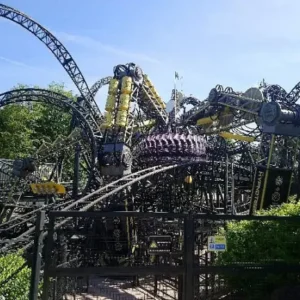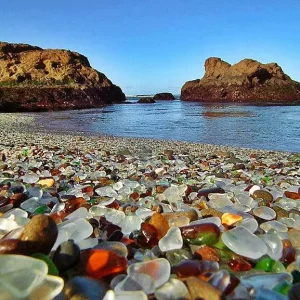Travel expert Mark Johnson recently answered some of the most common questions parents have when planning a family trip to Japan with children.
1. Is Japan safe for young children?
Absolutely. Japan is one of the safest and most orderly countries in the world. Just watching how children commute to school on their own, even during rush hour, is enough to understand the level of safety here.
2. Is traveling in Japan very expensive?
Living costs in Japan are comparable to the UK or slightly below those in the US. Thanks to years of near-zero inflation, Japan is not as costly as many imagine. In fact, some expenses, such as admission tickets or meals, can be cheaper than in Europe.
3. What if my child doesn’t sleep in the same bed as us but isn’t ready for their own bed yet?
Traditional Machiya townhouses, with tatami-mat rooms, are an excellent solution for families. After a fun day out, you can let your child sleep comfortably on a tatami mat while still enjoying your own private space to sip sake with your partner.
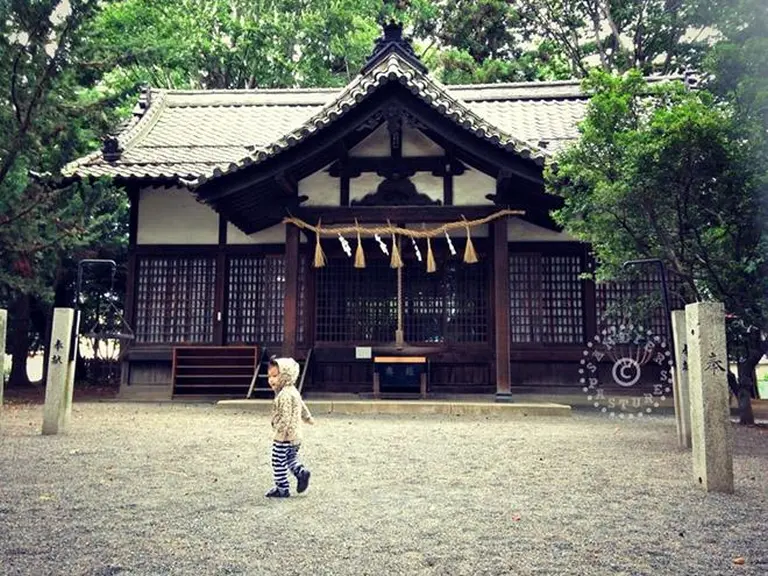
>> Discover the fairytale village of Shirakawago – The hometown that inspired Doraemon
4. What should I bring when traveling with a baby?
You don’t need to carry too many diapers. Japan has countless reliable brands available everywhere. Formula milk, however, often tastes different from what your child may be used to, so it’s best to bring enough of your preferred brand. Japan also offers convenient tablet-form formula—just add hot water, and it’s ready to drink.
5. Should I bring a stroller?
You can easily rent a stroller in Japan. That said, a baby carrier or sling is often more practical when navigating Japan’s busy streets.
6. Will a packed itinerary overwhelm the kids?
It doesn’t have to. Parents can plan a balanced schedule filled with fun experiences without exhausting the children. Make restaurant reservations in advance, keep restroom breaks in mind, and consider hiring a local guide who is good with kids to make the trip smoother and more enjoyable.
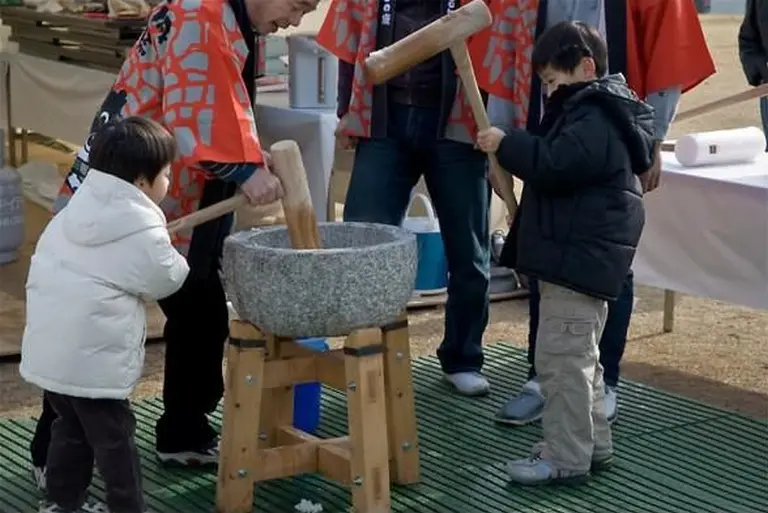
>> Things to remember when traveling to Bhutan with children
7. Should we join a group tour?
Definitely. Group tours are a great way to share experiences with other travelers. With a tour leader managing logistics, you’ll have less stress planning meals or transportation and more time to enjoy hidden gems you might otherwise miss.
8. Is Japan suitable for multi-generational family travel?
Yes. The key lies in pacing the trip and tailoring activities so that everyone—from grandparents to toddlers—has a fulfilling experience. I once organized a tour for a 10-member family spanning three generations, and everyone left happy. Just remember: both the elderly and small children often need a slower pace than the rest.
9. What are the most exciting activities for kids and teens in Japan?
Outdoor activities: Young children love the deer park at Nara’s Todaiji Temple or watching monkeys in Yudanaka and Arashiyama. Teens will find Harajuku irresistible, with its fashion-forward, youthful vibe. Families can also try kayaking on the sea in Hiroshima or visit the Hiroshima Peace Park for a meaningful cultural experience.
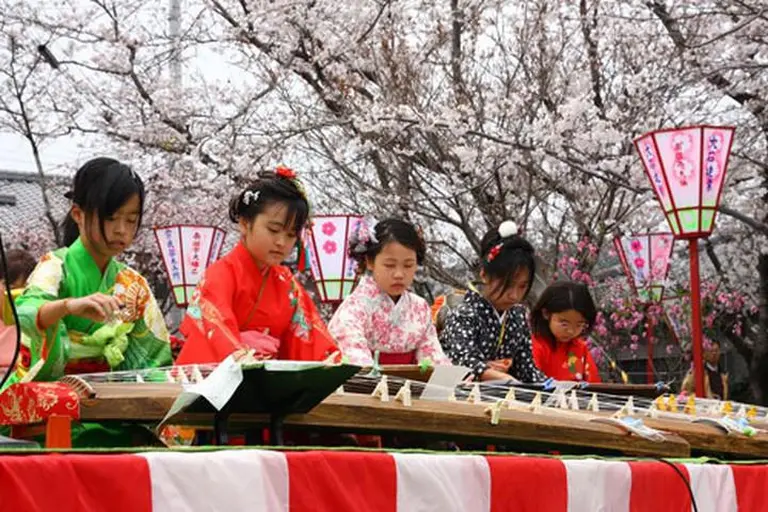
>> An abandoned school swallowed by nature after 47 years – A scene straight out of a Ghibli film
Indoor activities: Kids adore places like Osaka Aquarium or the Anpanman Museum.
Food experiences: Try Kushiyaki Monogatari, a unique restaurant chain where families can grill their own skewers together. Visit the Kit Kat store in Tokyo to sample flavors like Kit Kat Pizza, or enjoy a themed dinner at Akasaka Ninja, where meals are served by ninjas in a castle-like setting.
For older kids and teens: Akihabara is a paradise of gaming, anime, and neon lights. Themed cafés abound here, from cat cafés to owl cafés, hedgehog cafés, and even maid cafés with charming but wholesome service. For an unforgettable splurge, book a dinner with sumo wrestlers—it’s an experience you’ll never forget.
Hands-on experiences: Join an origami class or fold paper on the train, dress up as a geisha or samurai, try Taiko drumming, learn sushi-making, watch a performance at the GEAR Theater, or take an anime drawing class. These activities not only entertain but also give kids a deeper connection with Japanese culture.

